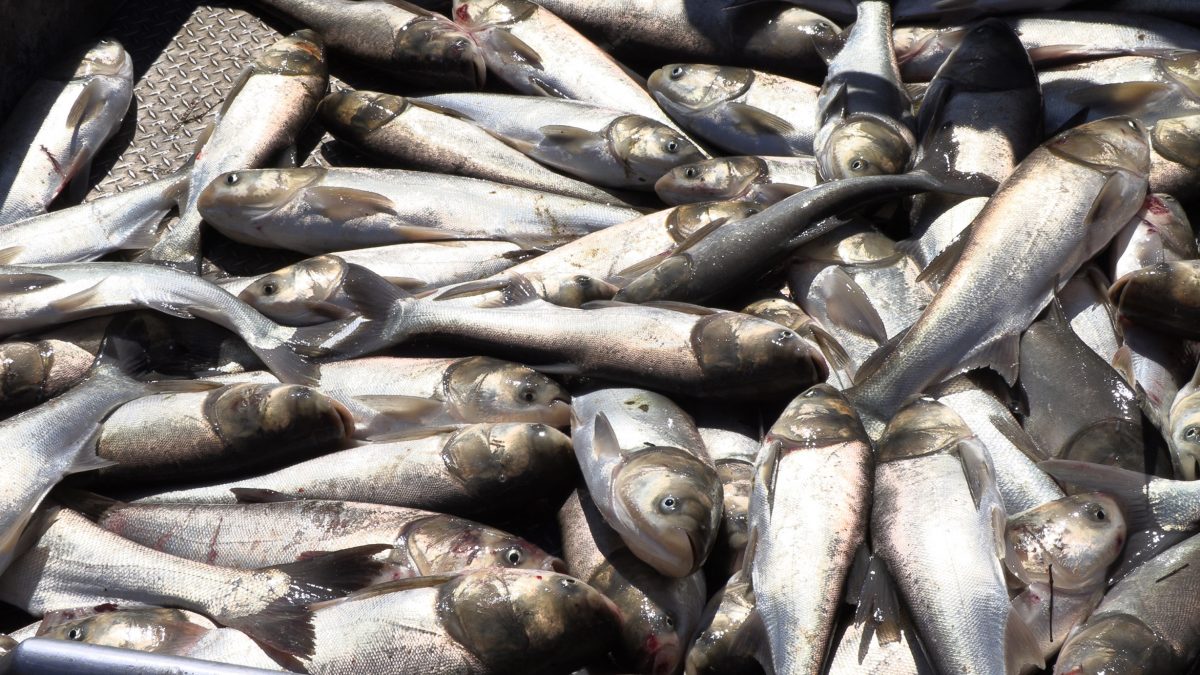Over the past century, many fisheries have collapsed, and overfishing is listed as a top conservation threat for our ocean. Not all seafood is sustainable.
Understanding why is the first step towards making better food choices to reduce our impact on the aquatic environment that makes life on Earth possible.
The demand for large, predatory fish as a food source threatens the survival of many species that are still commercially fished. Bluefin tuna, Atlantic cod, Chilean sea bass and many others provide textbook examples of how not to manage fisheries. Put simply, we caught more fish each year than the population could replace. As we lost these top predators, we began “fishing down the food web” and relying on smaller, shorter-lived species like bonito, mackerels, and sardines to sustain our supply of seafood. While shifting our focus to these species can be more sustainable, we have to make sure that even these catch limits don’t push another group of species to the brink of extinction.
Beyond the impact on individual species, some fishing methods can damage ocean habitat. Trawls are large nets that drag across the ocean floor, destroying ocean floor communities including coral reefs. Trawls and other fishing gear like gill nets, drift nets, or longlines, are not very selective. They also capture non-targeted or even protected species, known as bycatch. Most of the bycatch, including turtles, diving birds and mammals, are killed or injured in the process, and discarded overboard. By comparison, hook-and-line fisheries have a very small impact on the ocean environment because fishermen can release accidental catch immediately. Knowing how the fish you eat was caught is another important step in supporting sustainable seafood.
Aquaculture isn’t always the answer either, though it is a rapidly growing part of the food economy. Roughly half of the fish that we now eat comes from fish farms. One of the main concerns for aquaculture is that it may not reduce the pressure on wild fisheries. “Growing” many species of popular fish that are at the top of the food chain requires feeding them large amounts of wild fish that could have served as a lower cost food for humans. We’re lucky in the South though, because some of our favorite regional seafood, including trout and catfish, are farmed in a very sustainable way. Both of these species are efficient feeders, and aquaculture protocols in the U.S. are more effective at controlling pollution and preventing escape of farmed fish.
Sustainable Seafood News
